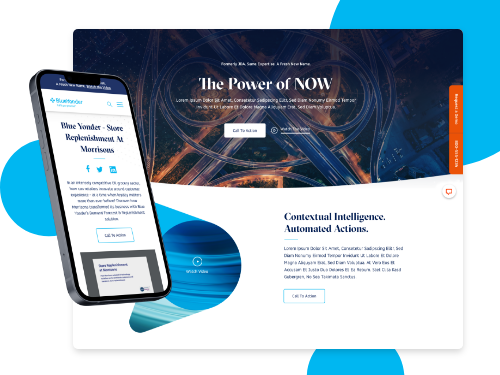As brands look for innovative ways to engage audiences, voice cloning technology is emerging as a game-changer. By using AI-generated voices, organizations can produce podcasts, narrations, and multilingual content at scale—without overloading executives or creative teams. This approach not only saves time and resources but also ensures a consistent brand voice across channels.
Understanding Voice Cloning Technology
What Is Voice Cloning?
Voice cloning is the process of creating a digital replica of a human voice using artificial intelligence. Unlike generic text-to-speech tools, advanced voice cloning captures the nuances of tone, pacing, and emotion, making synthetic speech sound remarkably natural.
How It Works
Voice cloning systems rely on neural networks and machine learning models trained on recordings of a person’s voice. With enough high-quality audio samples, these models generate speech that mimics the original speaker, allowing brands to produce content without requiring the person to record every line.

Why Brands Are Adopting Voice Cloning
Scalability for Content Production
Producing audio content can be time-intensive. Voice cloning enables brands to create multiple pieces of content quickly, from podcasts to product narrations, without overburdening executives or voice talent.
Localization Across Markets
Global brands can use synthetic voices to produce content in multiple languages while maintaining the same tone and style. This ensures a consistent brand experience for international audiences without hiring separate voice actors for each region.
Maintaining Executive Brand Presence
Voice cloning allows leadership to “be present” in content consistently, even when schedules are tight. Executives’ voices can narrate thought leadership pieces, training materials, or internal communications without requiring repeated recordings.
Practical Applications for Brands
Podcasting and Thought Leadership
AI voices streamline podcast production, letting brands maintain a regular publishing schedule and consistent tone. Thought leadership content can be scaled efficiently, keeping audiences engaged without putting extra demands on team members.
Training and E-Learning Modules
Executive narrations for internal training or learning modules can be cloned once and reused, reducing production time and ensuring consistent messaging across employees or learners.
Marketing and Customer-Facing Content
Voice cloning supports audio ads, interactive experiences, and social media campaigns, enabling brands to reach audiences in fresh, immersive ways. Personalized or dynamic audio experiences can also increase engagement and conversion rates.

Best Practices for Ethical Voice Cloning
- Obtain Consent: Always secure explicit permission from executives or voice talent before cloning their voice.
- Maintain Transparency: Let audiences know when AI-generated voices are used to preserve trust.
- Quality Control: Ensure synthetic voices sound natural and align with your brand standards.
- Avoid Misuse: Use voice cloning responsibly, avoiding misleading or deceptive content.
Implementing Voice Cloning in Your Brand Strategy
Selecting the Right Technology
Choose AI voice platforms that offer natural-sounding voices, robust customization, and security controls.
Integrating With Content Workflows
Connect voice cloning tools with podcasting platforms, e-learning systems, and marketing automation software to maximize efficiency.
Monitoring Engagement and ROI
Track audience response, completion rates, and engagement metrics to evaluate the impact of AI-driven audio content and refine your strategy over time.

The Future of AI Voice in Marketing
Voice cloning is poised to become a staple in brand content strategies. As AI continues to evolve, brands can expect more realistic, expressive synthetic voices, broader language support, and innovative ways to engage customers. Ethical and thoughtful adoption will be key to leveraging this technology effectively.
Partnering for Smart Audio Strategy
Voice cloning opens a new frontier for scalable, engaging, and executive-friendly content. Bluetext helps brands harness AI-powered audio solutions to deliver podcasts, training, marketing campaigns, and localized content—all while maintaining authenticity and brand consistency.
Ready to amplify your brand’s voice at scale?
Partner with Bluetext to explore AI-driven voice cloning for podcasting, localization, and executive-friendly audio content. Contact us today.






